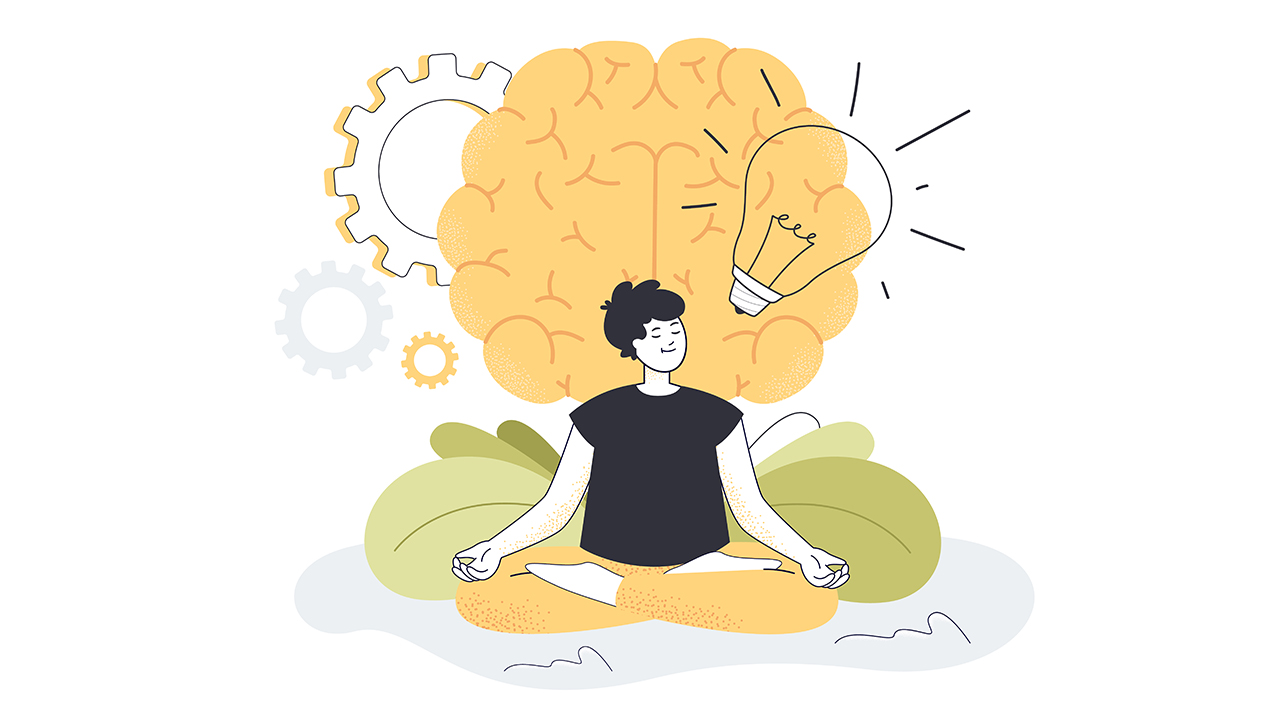
There is a saying that “In all this world, there is nothing so beautiful as a happy child,” by L. Frank Baum. We can define happiness in many terms but for a child, a healthy child is the happiest one. Healthy eating is very important for the overall growth and development of a child. Albeit, it is not a one off process, it has to develop from early childhood. It protects children from many chronic diseases, builds immunity and keeps them happy and healthy in the long run. Aspects of healthy eating for children are not different from adults. Both need the right nutrients in the right quantities. Keeping that in mind, here are some healthy recipes for kids with a twist!
Healthy Recipes For Kids
1. Healthy Pizza
What You Will Need For Dough:
- Wheat flour – 150 gm
- Boiled & mashed Spinach – 50 gm
- Boiled & mashed beetroot – 50 gm
- Oil – 2 tsp
- Salt – ½ tsp
For dressing:
- Hung curd – 50 gm
- Tomato sauce – 50 gm
- Mixed herbs – 1 tsp
- Grated carrot – 50 gm
- Chopped capsicum – 50 gm
- Boiled chopped corns – 50 gm
- Finely chopped pieces of Cottage cheese – 100 gm
Method of Preparation
- Prepare two dough, one of spinach & other of beetroot by rolling out slightly two big & thick chapattis. These chapatis can be baked or can be cooked like normal one but partially.
- Spread one layer of fresh hung curd and one layer of tomato sauce over it.
- Spread all the veggies one by one in an interesting manner that appeals to kids.
- Sprinkle mixed herbs, salt and some cheese on top of it.
- Now this chapati pizza can be cooked/baked in a kadai or an oven for 4-5 min.
- Enjoy hot with hung curd sauce or tomato sauce.
2. Tangy Protein Rolls
What You Will Need:
- Overnight soaked Moong Dal – 100 gm
- Rice Flour – 2 tsp
- Boiled potato – 2 in no.
- Boiled & mashed peas – 50 gm
- Cottage cheese – 100 gm
- Grated carrot – 100 gm
- Finely chopped capsicum (all colors) – 100 gm
- Finely chopped onion – 50 gm
- Cumin seeds – ½ tsp
- Mustard seeds – ½ tsp
- Curry leaves – 6-7 in no.
- Sesame seeds – 1 tsp
- Dry mango powder – ½ tsp
- Grated fresh coconut – 1-2 tsp
- Chopped Cashew and raisins – 1 tsp
- Tomato sauce – 2-3 tsp
- Salt – ½ tsp
- Oil – 2-3 tsp
Method of preparation:
- Grind soaked moong daal to a coarse paste and add rice flour and after mixing well, keep it aside for 5-10 min.
- In a pan add oil, cumin & mustard seeds, curry leaves and chopped onion. Sauté for a while till it becomes slightly pink in color.
- Add all the veggies one by one, dry mango powder, salt, grated coconut, sesame seeds, chopped nuts and properly mix all the ingredients for 2-3 mins.
- Roll out the veggie mixture in the form of hotdogs.
- Make chilla out of moong dal mixture and put one veggie hot dog in between, apply some tomato sauce and roll out the chilla and it’s ready to curb evening hunger pangs!
Health Benefits Of These Recipes
- These are homemade and are absolutely safe for kids.
- Pizza is junk and consists of blank calories but this one is super healthy as it consists of many colorful veggies, provides vitamins & minerals and wheat flour chapati with spinach & beetroot is always a healthy option!
- In spite of many sauces, if hung curd and tomato sauce is used, it is absolutely good for health.
- Moong Dal cheela & Sesame Seeds are rich in protein. Sesame seeds support bone health and when stuffed with healthy filling, there is nothing more perfect than this.
- These recipes satisfy the kids’ emotional part as they are colorful and look exactly what they want from the outside.
We hope you enjoy these Healthy Recipes For Kids. Do try them out, upload your pics on social media or the GOQii Arena and tag us! For more healthy recipes, check out Healthy Reads or tune in to cooking sessions on GOQii Play.
To get more advice on recipes, nutrition and diet tips for kids, subscribe to GOQii Personalised Health Coaching here.
#BeTheForce






